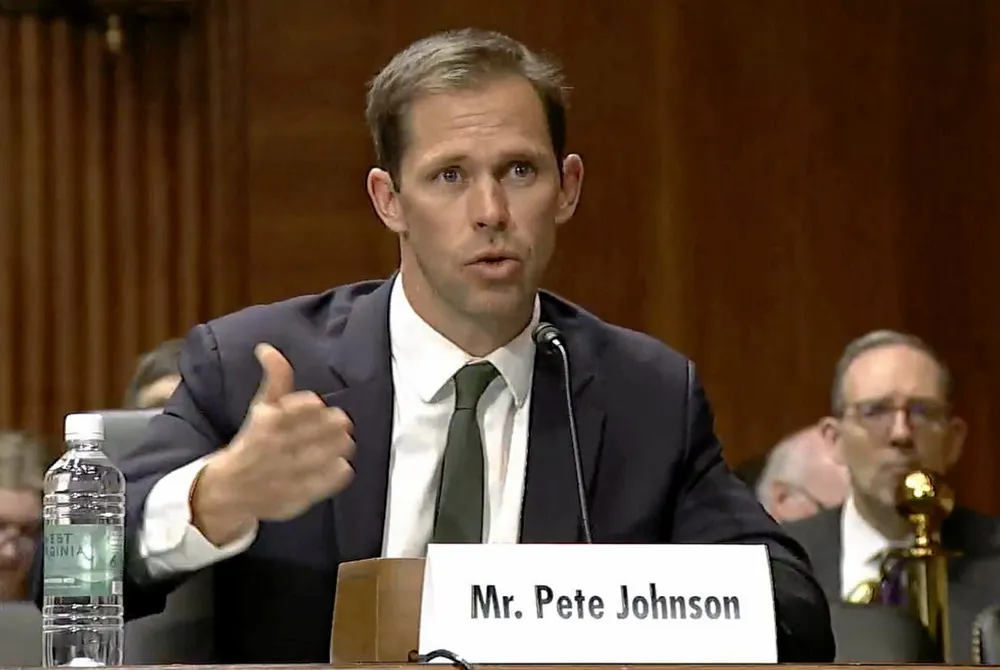Mimicking natural hydrogen | 'Geologic H2 can be artificially produced underground by stimulating iron-rich rock'
US senators told that Bill Gates-backed start-up is already ‘doing it today in our lab’

US senators told that Bill Gates-backed start-up is already ‘doing it today in our lab’
